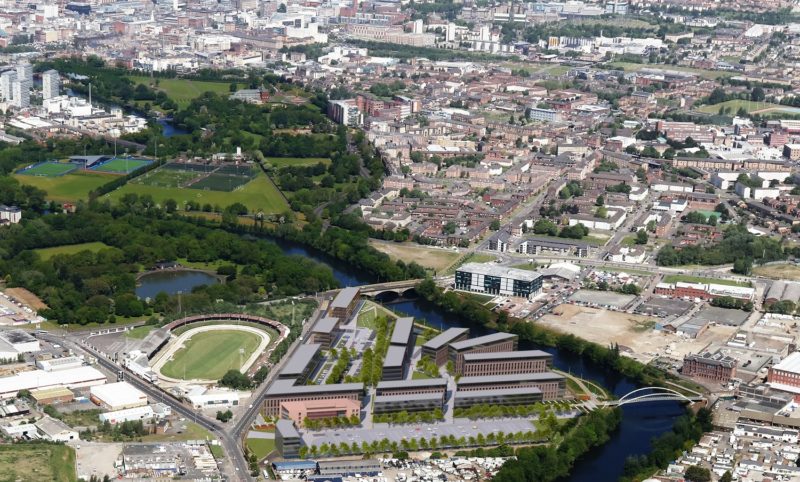
By Guy Marsden, director at Highbridge Properties PLC
SUCCESSFUL regeneration of our major cities is essential for our economy. As well as the thousands of new homes the Scottish Government wants to build, most people would agree that building new workplaces and attracting businesses to a regeneration area is equally vital. After all, sustainable new communities are ones which offer jobs and amenities as well as somewhere decent to live.
Take Clyde Gateway. This urban regeneration company is driving forward £1.5 billion of private sector investment to establish the Bridgeton, Dalmarnock and Rutherglen area as a hub of business activity, while hundreds of new homes are being built in the area as well.
Clyde Gateway is a fantastic success story. Of the 800,000 square feet of Grade A office and industrial space that the urban regeneration company has already developed, over 85% has been let or sold. As a result, more than 5,000 jobs have come to the area over the past ten years.
But speculative office development like this has been rare in our cities in recent years. If this persists, the resulting shortage in high-quality office space and increasing rents could hinder economic growth and inward investment. Major regional cities like Glasgow and Edinburgh need innovative solutions to address these challenges.
I believe that increased support from the public sector to regenerate brownfield sites is the key to kick-starting inward investment from the private sector. In fact, it’s local authorities who have been increasingly supporting speculative commercial development across the UK often as part of a wider regeneration project.
This can take the form of providing funding at below market interest rates, or de-risking schemes by taking on the role as the over-riding tenant or anchor tenant. This is happening with increasing regularity in England where local authorities can supplement their rates base, secure inward investment and also boost employment by accepting an agreed risk profile.

The public sector has played a part in many substantial and successful urban regeneration projects in England over recent years. Examples include the Greater Manchester Property Venture Fund, a sub-fund of Greater Manchester Pension Fund, the largest local authority pension fund in the UK. It invests in property development and redevelopment opportunities, particularly industrial sites, in north-west England. Most of its investment has been in commercial property – such as One St Peter’s Square in Manchester – with the aim not just of making money but of helping regenerate the local area. And it works.
Another example is our Cobalt business park near Newcastle, an office scheme of over 2m square feet, which transformed a brownfield site and brought 14,000 jobs and big name companies like Hewlett Packard, Santander, Proctor & Gamble, Newcastle Building Society and Accenture to the area. North Tyneside Council committed to the venture at an early stage by moving its headquarters and 1,600 staff to Cobalt. The success of this park, in the geographical centre of North Tyneside, encourages business to the area, stimulates inward investment and results in people moving there to live and work.
Clyde Gateway has already invested £20 million in public realm and infrastructure works to the former Shawfield site – now known as Magenta – to ensure it is development-ready. The scheme also benefits from the transport infrastructure upgrades from the Commonwealth Games including a new station with a direct link to Glasgow Central and motorway extension. Now is the time for the Scottish Government to take inspiration from south of the border and invest in Magenta’s transformation from a great site into a thriving office park that will become the beating heart of the area’s economy. A speculative build or an anchor tenant might be the thing that starts the ball rolling – where they lead, others will follow.
There are already 2,500 homes in the immediate vicinity of Magenta, a number which could grow to 6,000 in the near future. With thousands more jobs on the doorstep for local people, Clyde Gateway could become an international exemplar of how economic, social and physical regeneration can – and should – be done.








